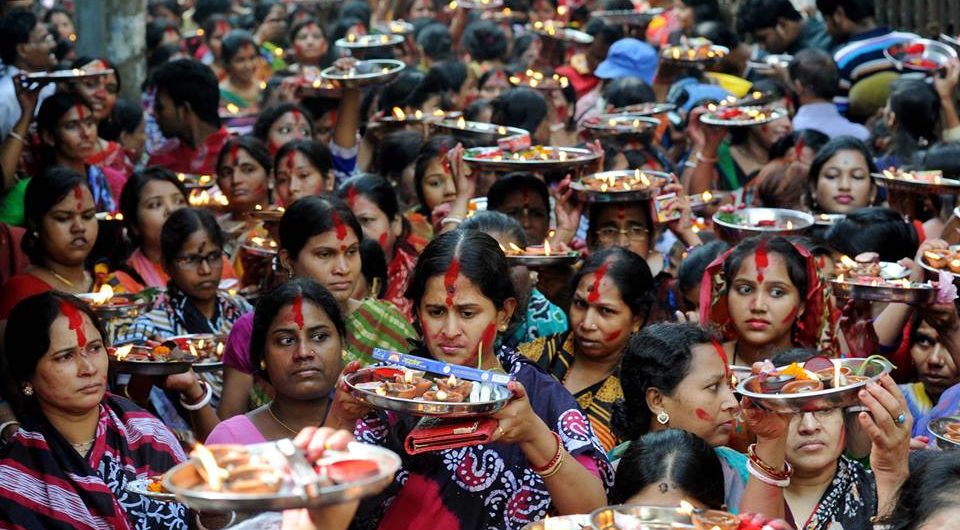Bangladesh, a land steeped in rich cultural heritage, celebrates a plethora of festivals throughout the year, each offering a glimpse into its vibrant tapestry of traditions. Among these, Kali Puja stands out as a fervent ode to devotion, spirituality, and community bonding. Rooted in Hindu mythology, this auspicious occasion commemorates the divine feminine energy embodied by Goddess Kali. In this article, we delve deep into the heart of Kali Puja, exploring its significance, rituals, and the colorful festivities that grace the land of Bangladesh.
Understanding the Essence of Kali Puja:
Kali Puja, also known as Shyama Puja or Mahanisha Puja, holds immense reverence among Bengali Hindus in Bangladesh. It typically falls on the new moon day of the Hindu month Kartik, which usually aligns with October or November in the Gregorian calendar. The festival is a celebration of the triumph of good over evil, symbolized by Goddess Kali’s victory over the demon Raktabija.
Rituals and Traditions:
Preparations for Kali Puja commence days in advance, with households adorning their entrances with colorful alpana (traditional floor art) and intricate rangoli designs. The main event unfolds on the night of the new moon, where devotees gather at Kali temples and makeshift pandals (temporary structures) to offer prayers and seek blessings from the fierce yet compassionate deity.
The rituals of Kali Puja are as diverse as they are deeply rooted in tradition. Devotees engage in sacred rituals like bathing the idol of Kali with milk, honey, and water, followed by offerings of flowers, fruits, sweets, and incense. The air reverberates with the rhythmic beats of dhak (traditional drum) as devotees chant mantras and hymns dedicated to the goddess.
Festive Vibes and Cultural Extravaganza:
Kali Puja transcends religious boundaries, embracing people from all walks of life in its festive embrace. Streets come alive with dazzling lights, vibrant processions, and mesmerizing performances of dance, music, and theater. The aroma of delectable bhog (prasad) fills the air as communities come together to share sumptuous feasts with friends, family, and neighbors.
The festival also serves as a platform for showcasing the rich cultural heritage of Bangladesh. Artisans display their craftsmanship through intricate sculptures of Goddess Kali, colorful idols, and traditional handicrafts that adorn the marketplaces. Folk artists enthrall spectators with mesmerizing performances of Baul songs, jatra (folk theater), and lively dance forms like the Dhunuchi Naach, performed with fervent devotion.
Significance in Modern Times:
In contemporary Bangladesh, Kali Puja retains its cultural significance while evolving with the changing times. It serves as a reminder of the values of unity, harmony, and the eternal triumph of good over evil. Beyond its religious connotations, Kali Puja fosters social cohesion, fostering bonds of camaraderie and solidarity among communities.
Conclusion:
Kali Puja festival in Bangladesh is more than just a religious observance; it is a vibrant tapestry woven with threads of tradition, spirituality, and cultural heritage. As devotees across the land come together to celebrate the divine presence of Goddess Kali, they also celebrate the spirit of togetherness and unity that binds them as a community.






Comments